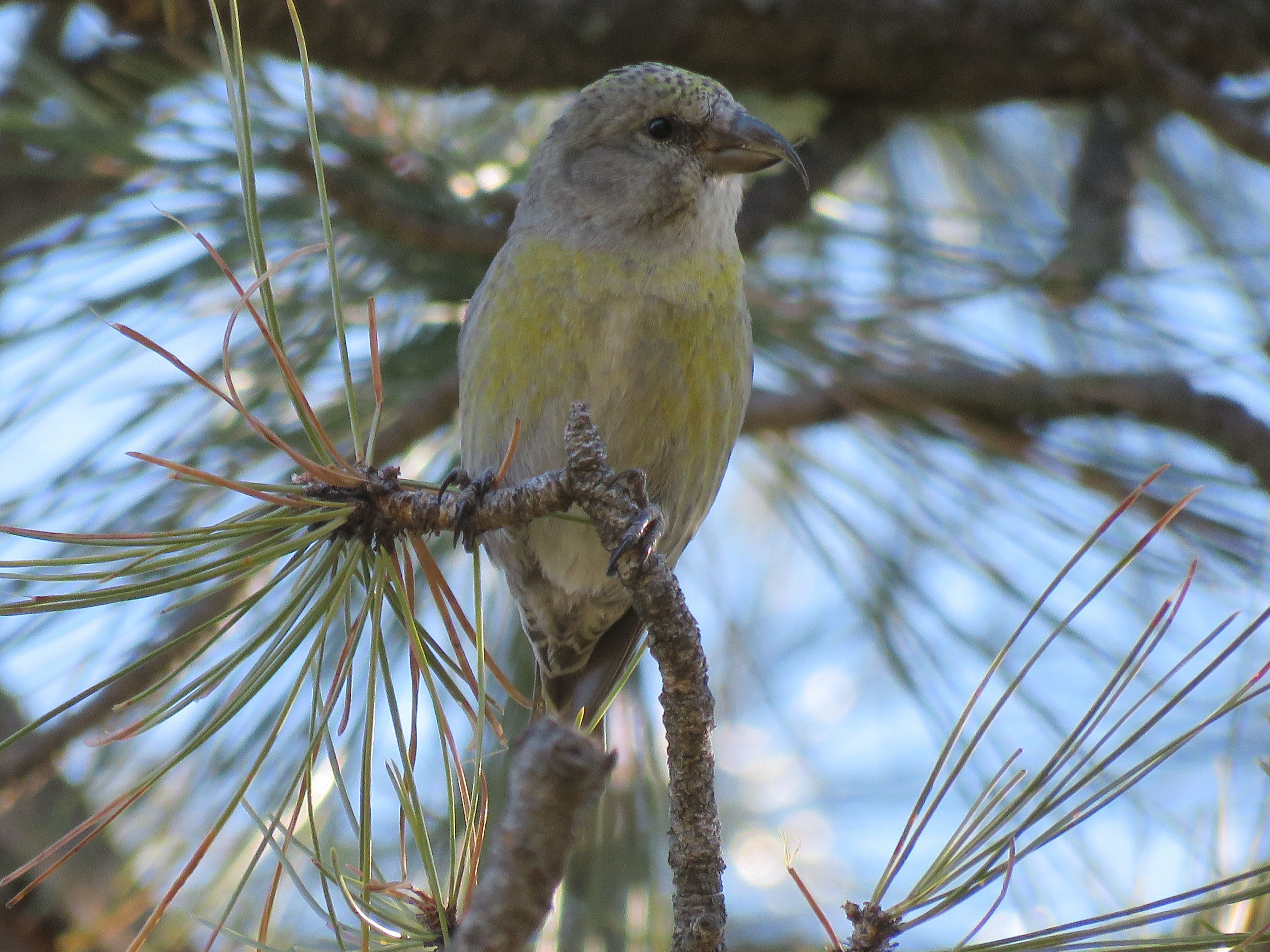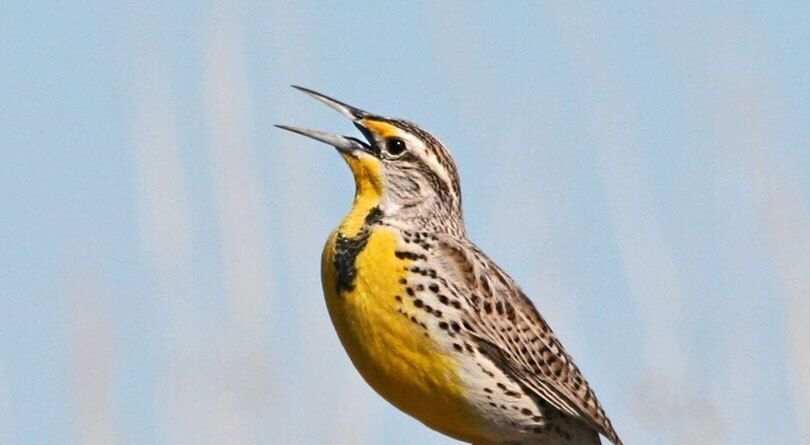
How it began
Beginning on Christmas Day 1900, ornithologist Frank M. Chapman, an early officer of the Audubon Society, proposed a new holiday tradition: a “Christmas Bird Census” that would count birds during the holidays rather than hunt them. So began the Christmas Bird Count (CBC).
Why it’s important
From December 14 through January 5 every year, tens of thousands of volunteers throughout the Americas take part in the effort.
The data collected by observers over the past century enable Audubon researchers, conservation biologists, wildlife agencies and others to study the long-term health and status of bird populations across North America. When combined with other surveys, such as the Breeding Bird Survey, the CBC provides a picture of how the continent’s bird populations have changed over the past hundred years. This long-term perspective is vital for conservationists. It informs strategies to protect birds and their habitats, and helps identify environmental issues with implications for people as well.
How local birders help
For almost 60 years there has been an Omaha CBC every year (except 2021). Formal records and data for the Omaha CBC date back to December 29, 1963, although there may have been prior CBCs in the Omaha area.
How it’s done
Per CBC guidelines, the Omaha count area encompasses a circle 15 miles in diameter, centered at the Base Lake south of Bellevue. The circle is divided into four quadrants, with a captain and team of counters assigned to each.
There are opportunities for participants to count morning-only, afternoon-only or all day. Quadrant captains usually start counting shortly after dawn and continue until their quadrants are sufficiently covered, normally by mid- to late afternoon. Counters take breaks during the day and usually stop for lunch. One member of each team, designated as the recorder, records time spent counting, miles driven and walked, and name/number of each species found. At day’s end, results from all quadrants are compiled during a pizza dinner.
People of all ages and birding abilities are welcome to participate in the count. Inexperienced counters are always placed with experienced leaders. Each person participating in the CBC should bring binoculars and dress for the weather. Some groups spend a lot of time hiking, while others spend more time in the car. Counters are assigned to groups according to their preference for hiking versus riding.
The goal is to find as many birds and as many different species as possible … and to have an enjoyable day afield with fellow bird enthusiasts.
Down for the count?
Beginning December, check the Calendar of Events page at audubon-omaha.org and our social media for updates with details about date, times and how to participate.

